The 4 Types Of Actuators And Their Uses
- Xie
- Jul 31
- 7 min read
Understanding Different Types of Actuators
Actuators play a crucial role in automation, translating signals into physical motion. Understanding the various types of actuators is essential for selecting the right component for specific applications. Each actuator serves a unique function, resulting in diverse actuator uses across numerous industries. This blog explores the most common actuator types, highlighting their characteristics and typical applications. Here is our homepage

Pneumatic Actuators
Pneumatic actuators utilize compressed air to create movement. They are favored in applications requiring rapid and precise control. Industries such as manufacturing frequently employ pneumatic actuators for tasks like controlling valves or conveyors. Their simplicity and efficiency contribute to their widespread acceptance in various sectors.
Electric Actuators
Electric actuators are powered by electricity and are primarily used for applications where precise control is essential. These actuators can be equipped with servo systems for improved accuracy. Electric actuators find common use in robotics, automotive systems, and HVAC systems as they facilitate seamless operation and reliability.
Simple design
High reliability
Energy-efficient
Hydraulic Actuators
Hydraulic actuators use fluid pressure to generate motion. They are particularly useful in heavy-duty applications, such as construction equipment or large industrial machines, where significant force is necessary.
High force output
Durability
Versatility
"Choosing the right actuator type depends on the specific needs of the application. Each actuator serves uniquely for optimal performance."
Essentially, the choice of actuator type revolves around specific needs and operational demands. When selecting, keep in mind the required speed, torque, and control necessary for optimal performance.
Explore more insightful articles like this one – we have plenty more for you to discover here !
Type | Power Source | Common Uses |
Pneumatic | Compressed Air | Manufacturing |
Electric | Electricity | Robotics, HVAC |
Exploring Common Actuator Applications
Various types of actuators play a crucial role across multiple industries, from manufacturing to automotive. Understanding actuator uses is essential for optimizing mechanical systems and enhancing performance. These devices convert energy into motion and are instrumental in automation processes. Actuators are categorized into mechanical, electrical, hydraulic, and pneumatic types, each with its unique applications, advantages, and limitations.
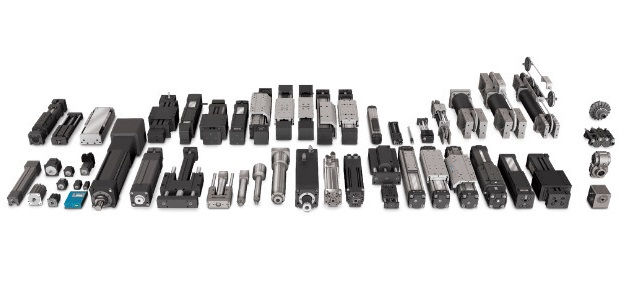
Mechanical Actuators
Mechanical actuators are often utilized in applications requiring direct mechanical movement. They feature components such as gears and levers, making them ideal for tasks where precise positioning is essential. For instance, they are used in car window regulators and industrial machinery. Their simplicity and reliability make them a popular choice for applications requiring straightforward motion control.
Electrical Actuators
Electrical actuators are widely recognized for their efficiency in transferring energy. These devices convert electrical energy into mechanical movement. Common actuator uses include robotics, automation systems, and HVAC controls. Their ability to operate at varying speeds and respond to control signals enables modern applications that require flexibility.
Automated doors and gates
Robotic arms and machinery
Air conditioning and heating systems
Type of Actuator | Common Uses |
Mechanical | Window regulators, industrial machines |
Electrical | Robotics, HVAC systems |
Hydraulic | Forklifts, automotive brakes |
Pneumatic | Conveyor systems, railroad switches |
Hydraulic and Pneumatic Actuators
Hydraulic and pneumatic actuators use fluids and gases, respectively, to create motion. Hydraulic actuators are powerful and found in heavy machinery, while pneumatic types are typical in assembly lines. Their ability to generate significant force makes them essential in applications that require high power output.
Heavy machinery operation
Production line automation
“Understanding the specific actuator uses can significantly improve productivity and efficiency in industrial applications.”
Mechanical and Electrical Actuator Variations
Understanding the various types of actuators is essential for numerous applications across industries. Actuators are devices that convert energy into mechanical motion, playing a vital role in automation. The primary types encompass mechanical and electrical actuators, each tailored for specific actuator uses. Mechanical actuators rely on physical components to facilitate movement, while electrical actuators harness electrical energy, making them popular in modern applications due to their efficiency and precision.

Mechanical Actuators
Mechanical actuators often consist of gears, levers, and springs to create motion. Common examples include hydraulic and pneumatic systems. These types of actuators are robust and handle heavy loads but may require regular maintenance due to wear and tear. Their actuator uses are prevalent in environments where physical force is necessary, such as manufacturing and automotive industries.
Electrical Actuators
Electrical actuators have gained popularity due to their ability to provide precise control over motion. They can be easily integrated into automated systems, enhancing efficiency and reliability. Common varieties include stepper motors and servo motors, which are widely used in robotics and aerospace applications. The actuator uses in these fields are expanding as technology advances.
Efficiency in performance
Reduced maintenance requirements
High precision in movement
Table showcasing actuator types and uses:
Type of Actuator | Common Uses |
Mechanical | Manufacturing, automotive |
Electrical | Robotics, aerospace |
Choosing the Right Actuator
Selecting the appropriate actuator hinges on the specific application and required performance. Mechanical actuators provide strength, whereas electrical options offer precision and control. Assessing your needs will ensure optimal performance and longevity of the system.
Consider load requirements
Evaluate control accuracy
Analyze operational environment
The right type of actuator significantly influences the overall efficiency and functionality of your system.
Advantages of Using Various Actuators
Understanding the different types of actuators and their uses is crucial for optimizing efficiency in various applications. Actuators serve as the backbone of industrial automation, enabling precise control of movement and force. From electric motors to hydraulic systems, the selection of an actuator can significantly impact performance and reliability. By delving into actuator types, we can unveil their unique advantages and applications across diverse sectors.

Improved Efficiency
Implementing the right types of actuators can lead to substantial gains in efficiency. Electric actuators, for instance, provide quick response times and require minimal maintenance. Their ability to be easily integrated with control systems makes them popular in robotics and automation. Similarly, pneumatic actuators use pressurized air to offer rapid actuation, making them ideal for tasks requiring swift movements.
Enhanced Versatility
Different actuator types offer unparalleled versatility. For example, hydraulic actuators deliver high force in compact designs, making them perfect for heavy-duty applications. Their robustness enables them to handle challenging environments, contributing to their widespread use in construction and manufacturing. This versatility allows engineers to tailor actuator solutions to meet specific project needs.
Electric Actuators
Pneumatic Actuators
Hydraulic Actuators
Actuator Type | Application | Advantages |
Electric | Robotics | High precision, low maintenance |
Pneumatic | Manufacturing | Fast response, simple design |
Hydraulic | Construction | High force, compact size |
Cost-Effectiveness
By choosing the appropriate actuator types, significant cost savings can be achieved. Electric actuators, for instance, are often more economical in terms of operation when compared to hydraulic systems. Considering actuator uses in tandem with application needs will not only assure functionality but also optimize budgets.
To meet the ultimate in efficiency and responsiveness in modern applications, many engineers and designers are turning to more specialized powertrains. If you're looking for a drive solution that combines speed and stability, the Speed-focused Motor is the ideal choice. It not only improves overall operating efficiency, but also demonstrates superior acceleration and precise control in mission-critical applications.
"Choosing the right actuator can transform your project's effectiveness and productivity rates."
In many applications where high load capacity is required, high speed is not enough. A drive solution with strong torque output is the key, and the Torque -focused Motor is designed to cope with high loads and high resistance environments, and maintains a stable and strong power output at low speeds, which is widely used in industrial automation, heavy machinery, and lifting and lowering systems in the smart home.
Factors to Consider When Choosing Actuators
When selecting the right actuator for your needs, it's crucial to understand the various types of actuators available and their specific uses. Factors such as the actuator's speed, force output, and energy efficiency should be evaluated. Consider whether you need linear or rotary motion. Each type serves different applications, from automating industrial machinery to controlling the position of devices in robotics. Choosing the appropriate actuator can significantly impact the efficiency and reliability of your systems.
Type of Actuators
Types of actuators can broadly be categorized into mechanical, hydraulic, pneumatic, and electrical. Mechanical actuators are often used in manual applications, whereas hydraulic and pneumatic actuators excel in heavy-duty environments due to their high force outputs. Electrical actuators provide precise control and are widely used in automation technologies. Depending on the actuator uses in your project, your choice will vary significantly.
Performance Requirements
Performance requirements often dictate the type of actuator necessary for your specific application. Factors like load capacity, response time, and operating temperature must align with your operational conditions. Ensuring that the actuator meets or exceeds these requirements is essential for maintaining optimal performance and prolonging the life of your equipment.
Load Capacity
Response Time
Operating Temperature
When selecting actuators, these performance metrics play a pivotal role in ensuring seamless operation.
Type of Actuator | Common Uses |
Mechanical | Manual control, simple applications |
Hydraulic | High-force applications, heavy machinery |
Pneumatic | Quick movements, packaging |
Electrical | Precision tasks, robotics |
Cost Consideration
Cost considerations are also vital. Different types of actuators carry distinct price points, and understanding the budget constraints of your project can help narrow down options. Cheaper solutions may initially seem appealing, but higher-quality actuators can save money in terms of maintenance and energy consumption over time.
Initial Purchase Cost
Maintenance Expenses
Energy Efficiency
“Investing in the right actuators today can lead to significant savings and efficiency tomorrow.”
FAQ: Key Insights on Actuator Types and Uses
Understanding the different types of actuators and their uses is essential for various automation applications. Actuators serve as the driving force behind mechanical movements, turning energy into physical motion. Using the right type of actuator ensures efficiency and effectiveness in a system.
If you have any questions or are interested in our products, feel free to contact us
Types of Actuators
There are mainly four types of actuators: pneumatic, hydraulic, electric, and mechanical. Each has unique characteristics and is suited for different applications. Pneumatic actuators use compressed air for operation, making them ideal for tasks requiring rapid movement. Hydraulic actuators utilize liquid under pressure, offering substantial force and precision. Electric actuators are powered by electricity, suitable for applications needing precise control. Mechanical actuators, such as gears, provide simpler motion mechanisms for various devices.
Actuator Uses
These actuator types have diverse uses across multiple sectors. Common applications include robotics, industrial machinery, automotive systems, and home automation. Each use case highlights the importance of selecting the right actuator type based on specific requirements, such as torque, speed, and control.
Robotics: Precision movements require electric actuators.
Automotive: Hydraulic actuators often control braking systems.
Manufacturing: Pneumatics are common in assembly lines.
Choosing the correct actuator can significantly enhance the performance of a system. To illustrate actuator functionalities, the table below outlines their characteristics and typical applications.
Actuator Type | Power Source | Common Uses |
Pneumatic | Compressed Air | Assembly Lines |
Hydraulic | Fluid Pressure | Heavy Machinery |
Electric | Electricity | Automated Robotics |
Final Considerations
In summary, understanding the various types of actuators and their applications can lead to informed decisions that enhance operational efficiency. Selecting the right actuator type for your specific needs is crucial for optimal performance.
Evaluate the operational environment.
Determine the required movement type.
Assess power source availability.


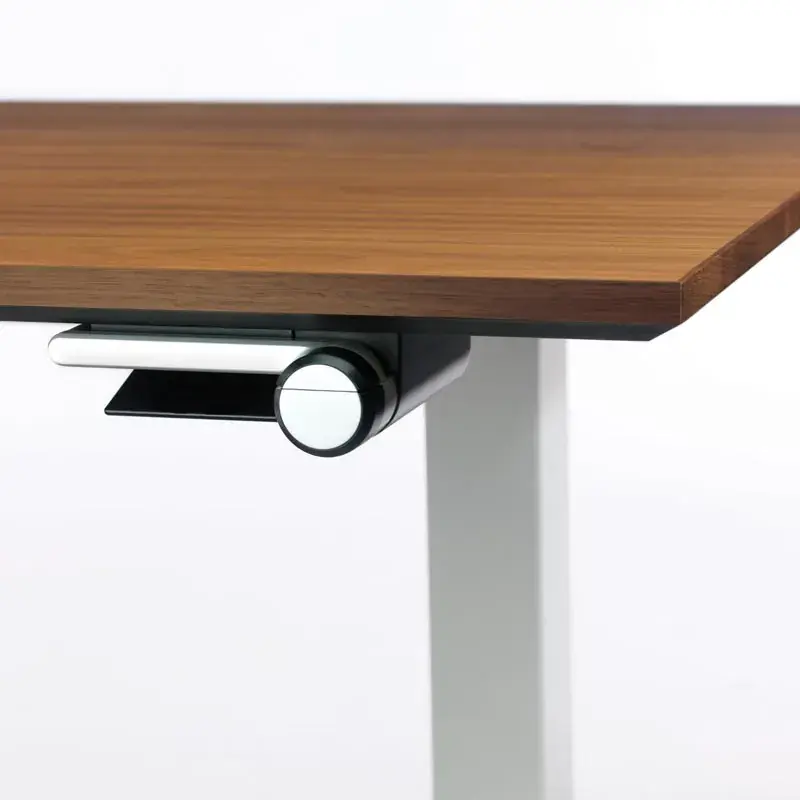
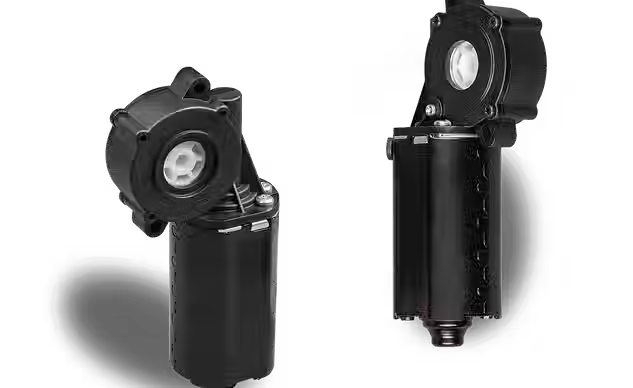
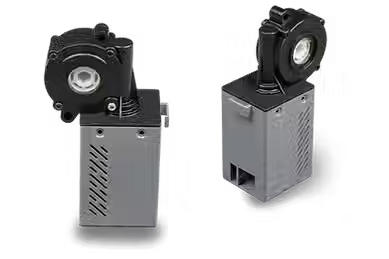
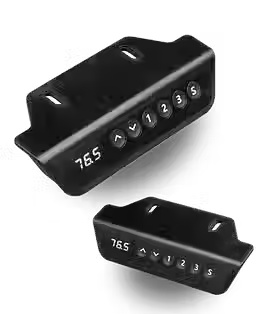
Comments